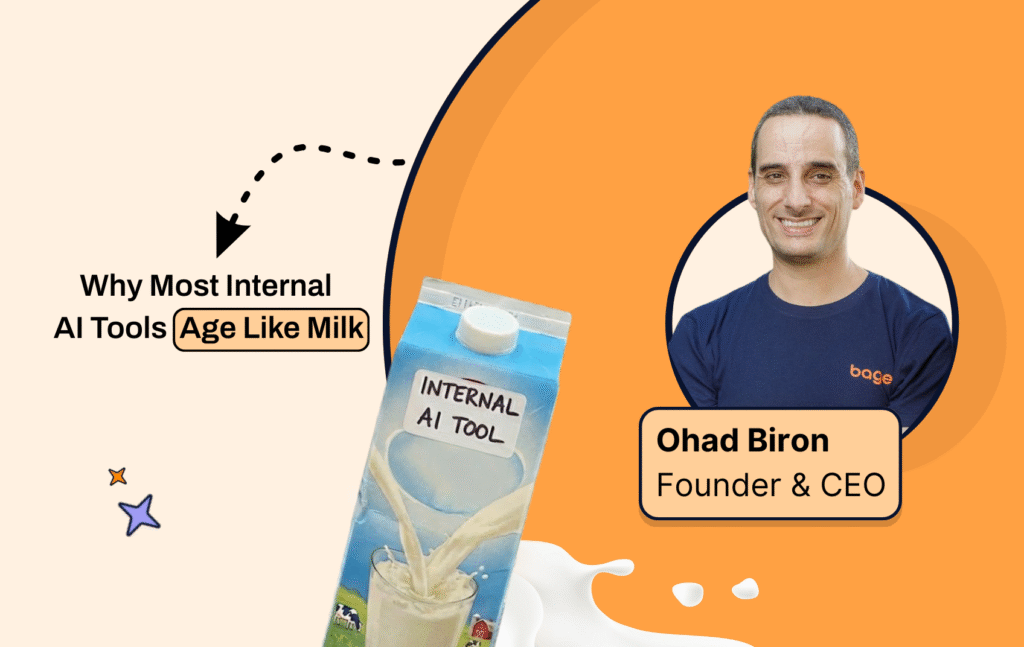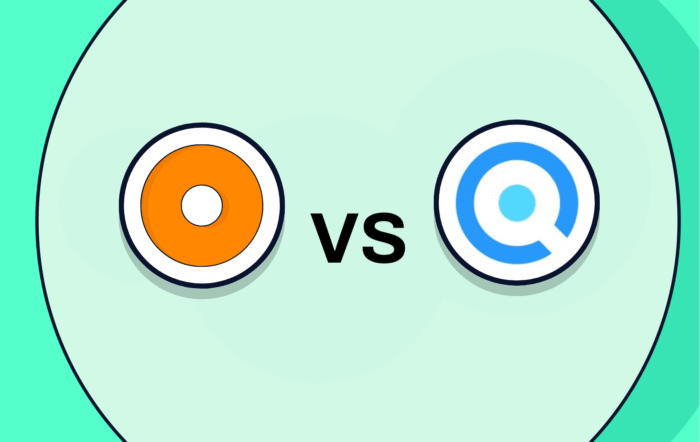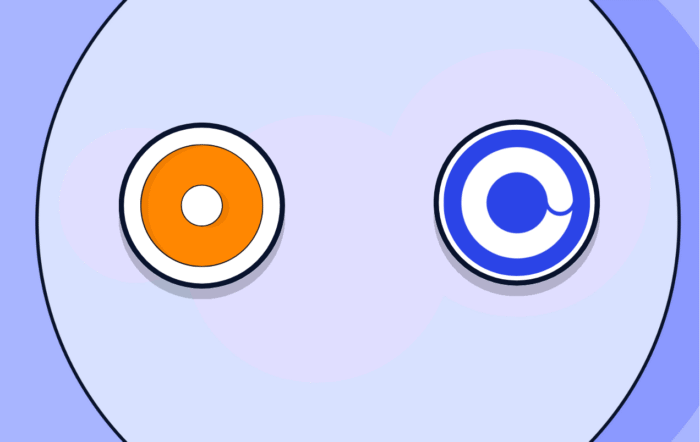Many companies I meet today are building something with AI. Some teams are training models, others are wiring APIs, and a few are hiring prompt engineers as if they’ve discovered a new kind of product manager. It feels exciting, even urgent. But beneath the surface, it also feels familiar.
Every major shift in technology begins with a desire for control. The first instinct is always the same: “We can build our own.” For a while, that instinct works. Prototypes appear. Early demos impress. Confidence builds. Then slowly, almost quietly, the problems begin to surface.
The MIT State of AI in Business 2025 report looked closely at this pattern. It found that 95% of enterprise AI projects never reach production, and that most of those that do begin to lose measurable accuracy within a year. The issue is rarely intelligence itself. It’s what happens after the launch: the slow, invisible decay that follows when an AI system stops learning.
(The data and insights in this article draw on MIT Media Lab’s State of AI in Business 2025 report, combined with what we’ve seen firsthand)
The Cost of Control
Building your own AI tool feels efficient at first. It gives a sense of ownership and flexibility. But the hidden truth appears once the first budget cycle ends. Every internal build becomes an ongoing cost center.
There are API fees, infrastructure usage, model retraining, compliance checks, and integration maintenance. Each new dependency adds a recurring cost.
The MIT report found that most internal AI initiatives never reach production. One reason is financial: the cost of maintenance and retraining grows faster than expected once systems go live.
AI as it seems, is a subscription to complexity.
The first 6 months: The honeymoon phase
In the beginning, AI projects feel straightforward. There’s a clear use case, a few reliable APIs, a fine-tuned model, and enough internal data to get something working. For a moment, it seems like the company has cracked it. Slack channels light up with examples, dashboards show improvement, and leadership calls it a turning point.
Then, reality starts to shift. Data moves to new systems. The API updates its structure. The logic inside the model starts producing answers that feel off. A small piece of context goes missing, and suddenly, the AI begins to diverge from how the business actually works.
Most teams budget for the build, not the upkeep. The line item for “AI project” covers design and delivery but not the cost of retraining, data validation, or human oversight. As soon as something drifts, maintenance becomes an unplanned expense.
Unlike “traditional” software, AI never sits still. It moves with the data and must be recalibrated as quickly as the world changes around it. Most teams are designed for creation, not maintenance. They excel at the build but struggle with the long, patient work of care.
When accuracy starts to fade
The loss of accuracy rarely happens all at once. It creeps in through small mismatches between data, labels, and behavior. This kind of drift is common.
The MIT report observed that most enterprise AI projects lose measurable performance when systems aren’t retrained or connected to live context. It’s a reminder that intelligence is only as strong as its exposure to reality.
Each correction cycle has a cost. Re-tuning a model requires data scientists, engineering hours, and additional testing. Multiply that across every integration point, and the financial weight of “keeping things working” becomes clear.
The hardest part about maintaining accuracy is that it requires constant context. Data alone isn’t enough. The AI needs to stay close to the work, to the conversations, the customer pain, and the language that defines meaning in a business. Internal systems rarely have that connection for long, and recreating it costs time and budget every cycle.
The long tail of the short build
Most internal AI tools are measured by how quickly they start, not how long they stay relevant. Early success creates the illusion of momentum, but what matters is endurance.
MIT’s State of AI in Business 2025 report found that internal AI builds are only about half as likely to reach deployment as external partnerships. In practice, many of these internal projects stall within a year or two as maintenance and retraining costs rise faster than expected.
Every restart restarts the budget too. The project that once cost $500k to build now costs the same amount again to stabilize. Teams quietly move on, budgets tighten, and the system that was supposed to “save time” becomes a line item that no one wants to own.
At Bagel, we learned this early. We built for continuity. Our system connects product, sales, and customer data in one environment so that the AI can learn from every interaction and retain that context over time. The longer it operates, the more refined its understanding becomes. Scalability, it turns out, isn’t about more code or dashboards. It’s about keeping the system useful without inflating the cost of care.
The question has changed
The usual debate about AI is whether to build or buy. That question made sense when systems were static, when ownership was the main advantage. But AI isn’t static, and ownership alone doesn’t guarantee progress.
The question that matters more today is whether the system will still be learning in a few years, and whether you can afford to keep it learning. Internal tools can be valuable for short-term experimentation, yet most struggle to evolve. They mirror the structure of the company at the moment they were built: the data, the language, the assumptions. When those change, the system falls behind, and the cost of catching up grows with every quarter.
The companies that succeed treat AI less like a product and more like an ongoing relationship. They budget for its care the way they budget for people, infrastructure, and growth.
The MIT report warns that the next 12 to 24 months will determine which organizations successfully embed adaptive learning into their AI systems and which will accumulate years of technical debt by failing to integrate these tools into real workflows.
That line defines the real timeline of AI work. Building an AI tool is a commitment to fund and maintain a living system that shapes how your company learns.
A new way to think about time
The life of a learning system unfolds across three horizons: 18 months, 2 years, and 3 years, each with its own pattern of progress, cost, and risk.
12 months is the period when habits form.
Teams that plan for longevity use this time to establish feedback loops, decide what data matters, and integrate AI into the daily rhythm of work. The goal is not expansion. It is stability and a clear signal of where learning actually happens. The budget at this stage should focus on building clean data flows and reserving time for retraining instead of rushing into new use cases.
Two years is when compounding begins.
A system that has learned from enough variation starts to perform consistently. Accuracy improves, edge cases shrink, and adoption grows. At this point, AI becomes part of the organization’s operating logic, not a separate initiative. The cost here shifts from development to upkeep, smaller, recurring investments that keep performance steady instead of spiking with every rebuild.
Three years is where strategy meets reality.
Decisions made early become structural. Companies that built for continuity now have a system that remembers. It holds the context of how customers describe problems and how those patterns connect to product work and business outcomes. Teams that kept rebuilding instead of sustaining are still restarting their learning curve and paying for it repeatedly.
This timeline describes how learning systems mature when they are given time and stability. Intelligence grows through exposure, and budgets follow that same curve: heavy at the start, steady through maturity, and cost-efficient only when continuity is preserved.
The long view: 12 months, 2 years, and 3 years of AI maturity
| Time Horizon | Focus | What Strong Teams Do | What Usually Breaks | Signals of Real Progress |
| 12 Months | Foundation | Establish reliable data flows. Define learning signals. Create feedback loops inside daily workflows. Decide what should remain human. | Teams chase new use cases before maintaining the first one. Ownership of retraining or evaluation is unclear. | Stable performance in a few key workflows. Consistent feedback data. AI adoption integrated into daily rhythm. |
| 2 Years | Compounding | Integrate AI across teams and systems. Align model learning with business outcomes. Transition from experimentation to dependable operation. | Early architecture starts showing strain. Model performance plateaus. Budget and governance gaps appear. | Accuracy holds steady. AI-generated insights influence product and GTM decisions. Users begin to trust output. |
| 3 Years | Continuity | Maintain AI as a learning system, not a project. Preserve institutional memory. Build governance that tracks evidence and reasoning. Treat intelligence as shared infrastructure. | Turnover resets knowledge. Models are rebuilt instead of refined. Context is lost between generations of tools. | The system carries understanding across time and change. Teams use AI output to shape strategy, not only operations. |
Beyond the build
Intelligence that stops learning stops being intelligent. The future of AI work won’t be defined by who builds fastest but by who sustains it longest.
Internal AI projects will always have a role, but their lifespan is limited unless they evolve alongside the organization. The companies that pull ahead are the ones that treat learning itself as a product: SOMETHING that must be funded, measured, and preserved.
Five years from now, the difference between companies that thrive and those that stall will come down to one question: did their AI keep learning, and did they budget for it?
About Bagel AI:
Bagel AI is the first AI-native Product Intelligence platform, purpose-built for product teams who want to work with context, not assumptions. It connects the dots between customer feedback, GTM insights, and product delivery, automatically. Bagel surfaces the real revenue blockers, churn risks, and expansion levers hiding in your stack (Gong, Salesforce, Zendesk, Jira, and more) and helps PMs prioritize with precision.
About the Author:
Ohad Biron is the Co-Founder and CEO of Bagel AI – the first AI-native Product Intelligence platform. He’s spent the last decade building in the space between revenue, product, and customers. His mission: eliminate guesswork from product decisions and help teams ship what actually matters.



